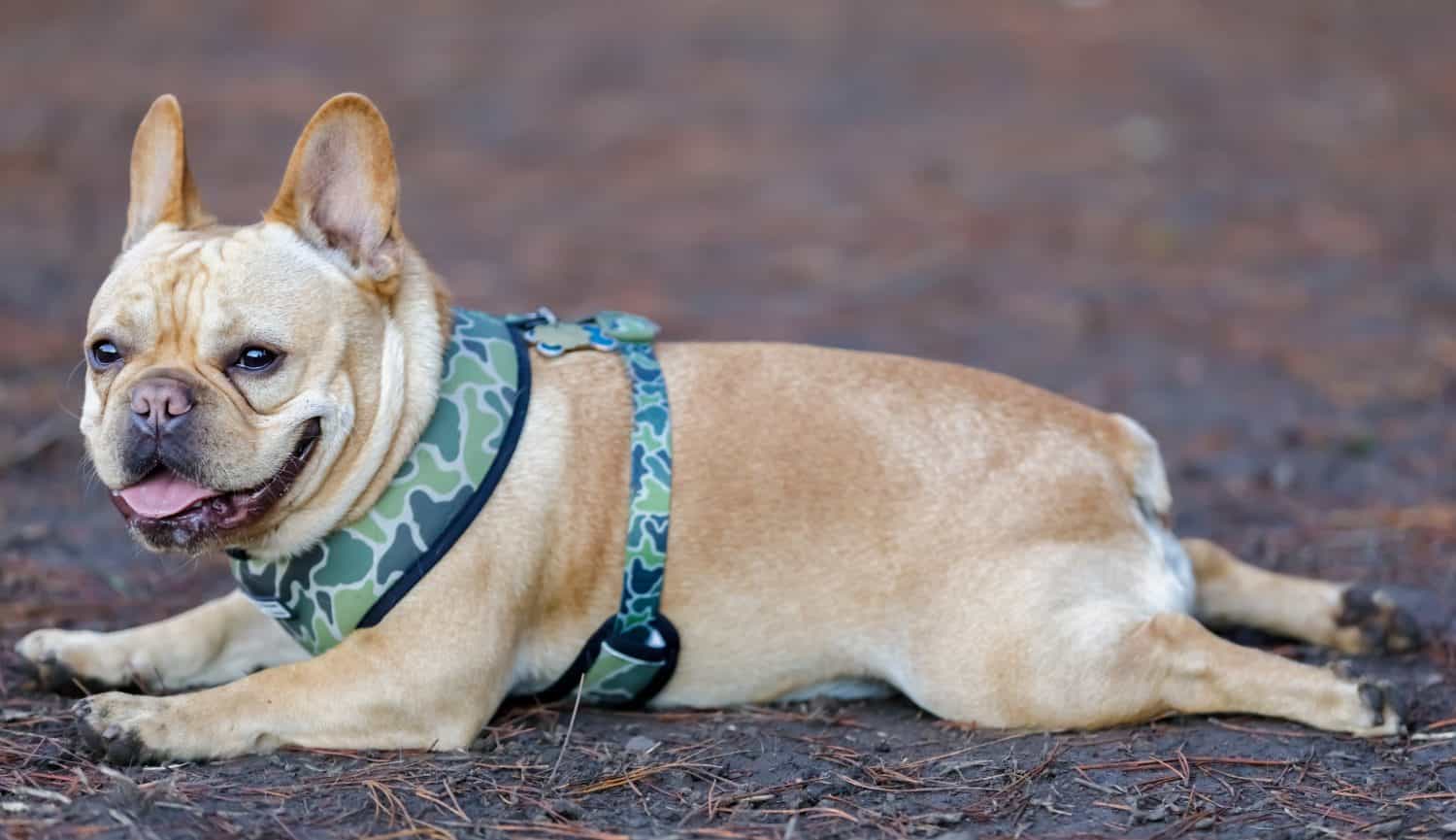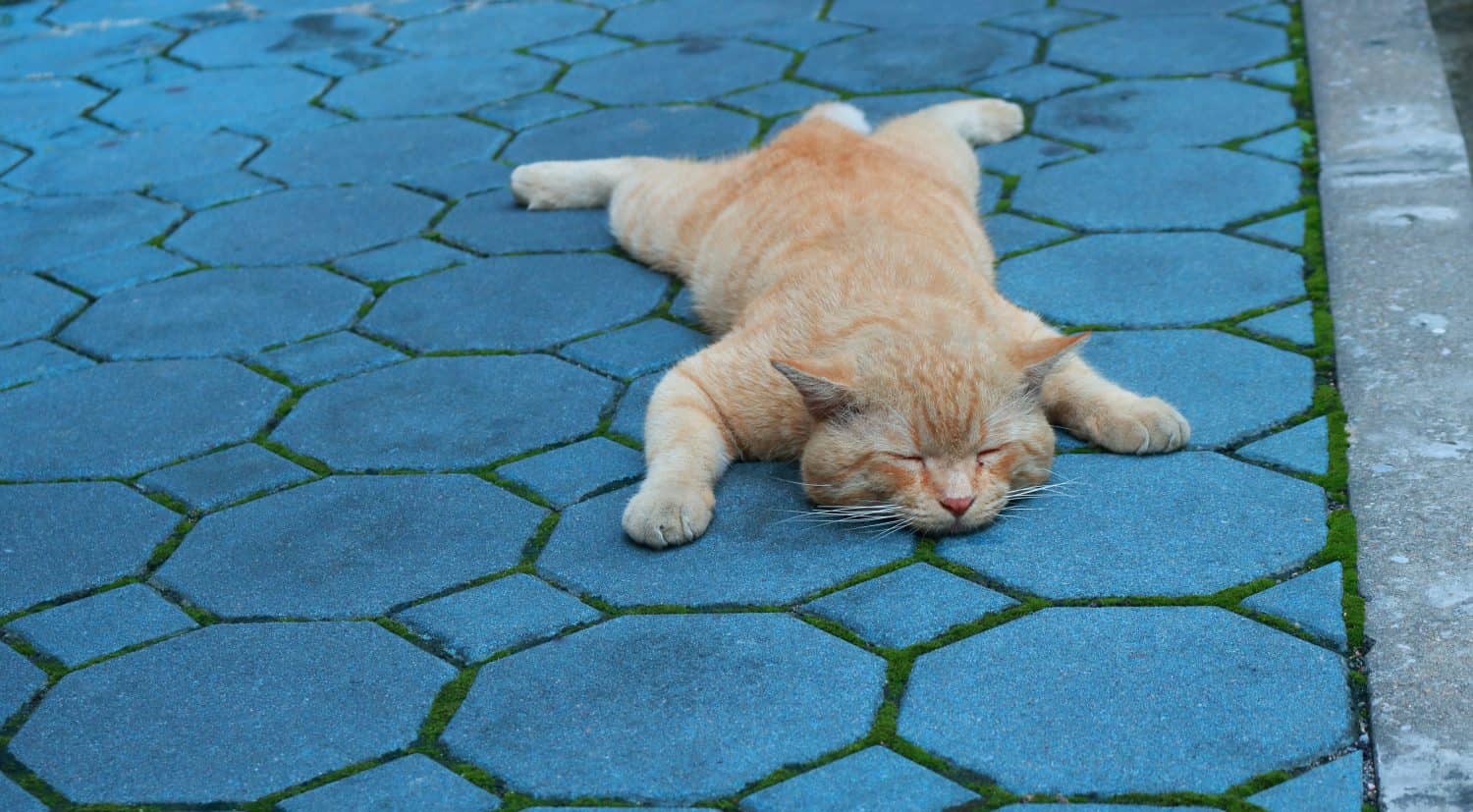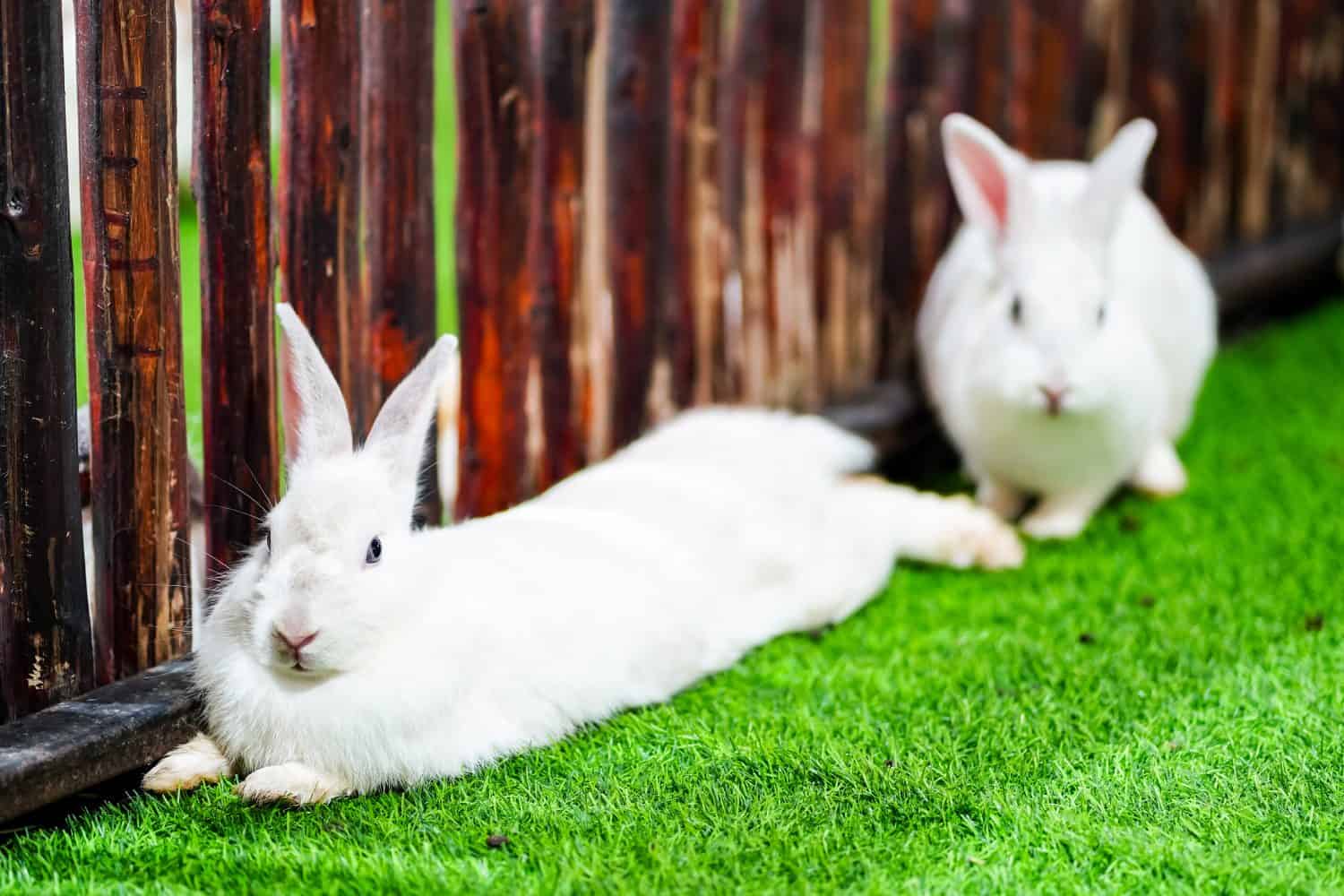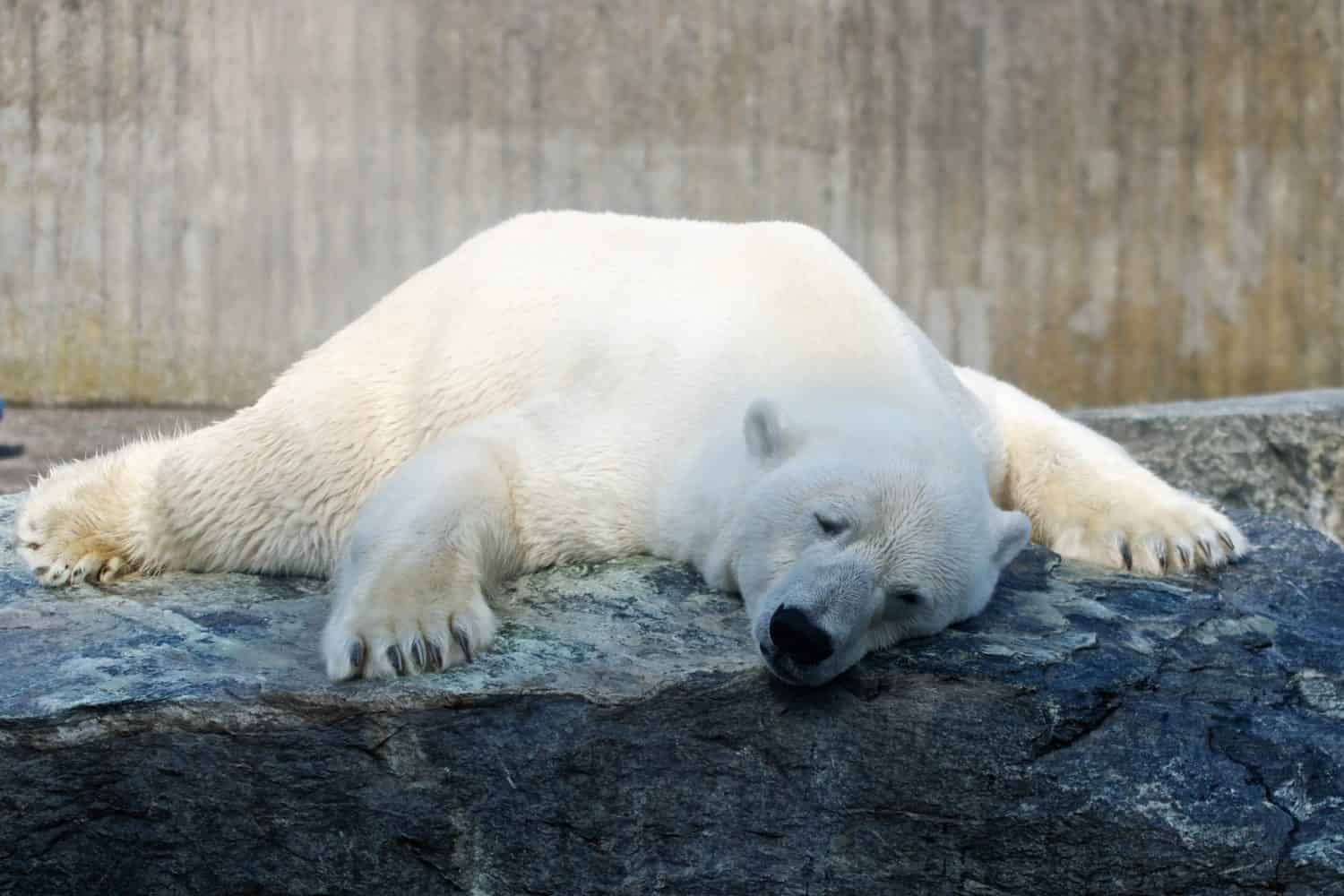What is a sploot? If you look in most dictionaries, you won’t find the word. According to the Washington Post, the word probably originated in the 21st century and rocketed in popularity in 2022. Associated largely with adorable photos of corgis and squirrels, splooting is something many animals do. But why do they do it? Let’s take a closer look at splooting, what it is, and why it is so very common in the animal world.
What Is a Sploot?

The corgi may indeed be the king of the sploot.
©Masarik/Shutterstock.com
Sploot can be both a noun and a verb, much like the word squat. A sploot, noun, is a position that an animal takes, wherein it splays its limbs and makes as much contact with the ground or another surface as possible. To sploot, verb, means to assume the described splooting position.
Why Do Animals Sploot?
Animals sploot for at least a couple of reasons. They may take on a splooting position in order to stretch. This position allows for a nice, long stretch of their hind limbs. Sometimes animals sploot with just one hind leg, and other times they go into a full sploot with both hind legs stretched out.
Another reason animals sploot is to release heat. Humans release heat by sweating. When we sweat, the air blowing over the liquid on the surface of our body helps to cool us down. Furry mammals do not tend to sweat like humans. They must rely on other ways to cool down in the summer heat. By splooting, they put as much of their undersides as possible in contact with the ground or another surface, such as a shady tree limb, that is cooler than their body temperature.
Mammals that tend to sploot have less fur on their undersides than on their backs. They also have lots of blood vessels near the surface of their abdomen and in the axillary areas where their limbs attach to their body. As their heart pumps the blood through these regions the heat from their body gets transferred to the relatively cooler surface. Thus, the sploot allows them to lower their body temperature just by lying very still in a splayed position out of the sun.
What Kind of Animals Sploot?
Many different kinds of animals sploot. Mammals with thick, furry coats, such as squirrels and bears sploot. So do pets like cats, dogs, and rabbits. Primates seem less likely than most other mammals to sploot, although most do enjoy a good stretch. Birds sometimes engage in sploot-like behavior, lying on the ground with their wings stretched away from their body to release heat. Lizards may sploot, too, but often they do so to absorb heat from warm surfaces like heated rocks rather than to disperse heat. Here are just a few examples of adorable splooting animals.
Dogs

Some dogs may sploot to cool off or just to stretch their legs.
©yhelfman/Shutterstock.com
Dogs sploot a lot. They don’t always seem to do it to cool off, either. Sometimes they just seem to enjoy stretching out those back legs. Photos of cute corgis enjoying a sploot took over the internet for a while. But they are not the only ones that do it. Pretty much every type of pet dog likes to sploot.
Cats

Cats enjoy splooting on cool surfaces.
©evergreentree/Shutterstock.com
Just like dogs, pet cats love a good sploot. Cats can sleep in all sorts of positions, but splooting on a nice, cool floor or a shady bit of concrete can really make them happy when the weather turns hot. If you see a sleeping cat in a full out sploot, leave it be. It has a good thing going.
Rabbits

Whether full or half sploot, rabbits come by this behavior naturally.
©ABWitzPix089/Shutterstock.com
Of all the pets, rabbits may be the most likely to sploot. Rabbits may be more likely to engage in a half-sploot than a full-sploot, though they can easily accomplish both. Splooting seems to come naturally to bunnies, who spend a lot of their time lying around.
Squirrels

A squirrel can sploot almost anywhere.
©Cannon Candids/Shutterstock.com
Squirrels are internet famous for their splooting ability, and for good reason. They can sploot on the ground, on fence rails, and even high in trees. Have you ever seen anything cuter than a squirrel splayed out on a limb, with legs hanging over both sides, just taking a nap in the summer shade? If you see splooting squirrels in your yard, make sure to put out some water for them.
Bears

Polar bears
may sploot to cool off in the heat.
©Sebastian Rose/Shutterstock.com
Although bears are not pets, they make perhaps the most adorable splooters. However, you should never approach a splooting bear. Do not approach bears in general. It is a bad idea. But do enjoy looking at big, cuddly bears engaging in full sploots. They look so loveable, you may have a strong desire to give them a snuggle. But again, do not do it.
Lizards

Mammals are not the only ones that sploot. Lizards do it, too.
©Martin Pelanek/Shutterstock.com
If you have a pet lizard and you see it sploot on a heated surface, it probably just wants to warm up a bit. If you see it splooting on a cool surface, its enclosure may be a little too warm. Or it could be just enjoying a nice, flat stretch. Because lizards do have to regulate their body temperature using outside heat sources, splooting comes naturally. Make sure to learn as much as you can about the proper care of pet reptiles and always carefully monitor their environments.
The photo featured at the top of this post is © yhelfman/Shutterstock.com
Thank you for reading! Have some feedback for us? Contact the AZ Animals editorial team.






